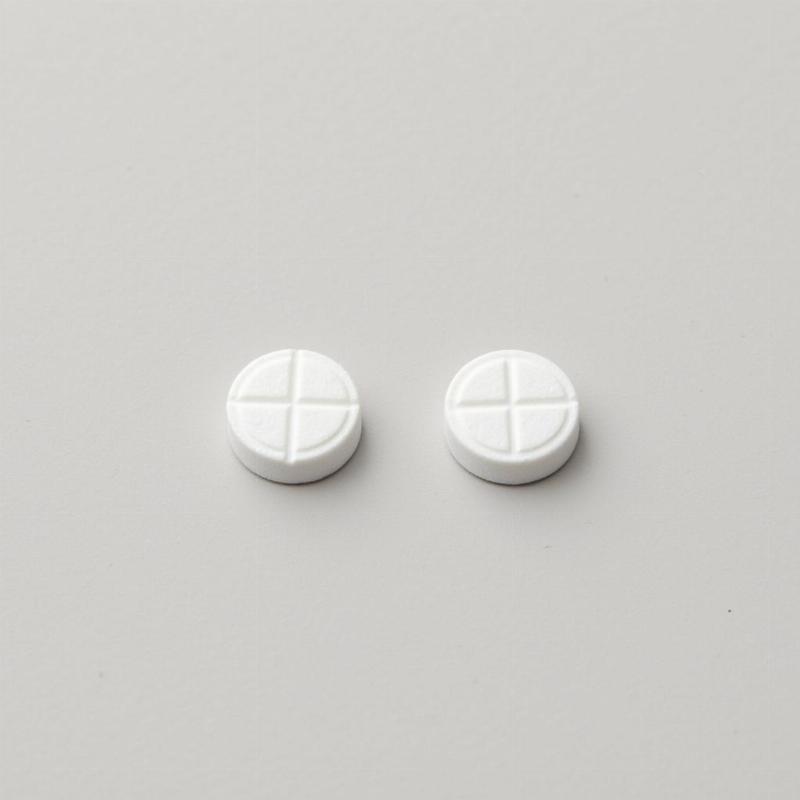Understanding the correct chlorpheniramine maleate dosage for dogs is crucial for managing allergies and other related conditions. Giving your furry friend the right amount of this antihistamine can provide much-needed relief from itching, sneezing, and watery eyes. However, administering the wrong dosage can be harmful. This comprehensive guide will cover everything you need to know about using chlorpheniramine maleate safely and effectively for your canine companion.
Understanding Chlorpheniramine Maleate for Dogs
Chlorpheniramine maleate is an over-the-counter antihistamine commonly used to alleviate allergy symptoms in dogs. It works by blocking histamine receptors, reducing the body’s allergic response. It’s effective against various allergens, including pollen, dust mites, insect bites, and certain food sensitivities. While generally safe, consulting with your veterinarian before administering any medication to your dog is always recommended. They can determine the underlying cause of your dog’s allergies and advise on the appropriate chlorpheniramine maleate dosage and treatment plan.
 Chlorpheniramine Maleate Tablets for Dogs
Chlorpheniramine Maleate Tablets for Dogs
Determining the Correct Chlorpheniramine Maleate Dosage for Dogs
The correct chlorpheniramine maleate dosage for dogs depends on several factors, including the dog’s weight, the severity of the allergy symptoms, and the specific formulation of the medication. Always follow your veterinarian’s instructions. A general guideline is 0.22 mg per pound of body weight, given every 8-12 hours. For example, a 20-pound dog might receive 4.4 mg of chlorpheniramine maleate. However, this is just a general guideline, and your vet might recommend a different dosage.
Potential Side Effects of Chlorpheniramine Maleate in Dogs
While generally safe, chlorpheniramine maleate can cause some side effects in dogs. Common side effects include drowsiness, dry mouth, and decreased appetite. In rare cases, more serious side effects like vomiting, diarrhea, and changes in heart rate can occur. If you notice any unusual symptoms after giving your dog chlorpheniramine maleate, contact your veterinarian immediately.
Administering Chlorpheniramine Maleate to Your Dog
Chlorpheniramine maleate is available in various forms, including tablets, capsules, and liquid solutions. Follow your veterinarian’s instructions on how to administer the medication. If your dog struggles with taking pills, you can try hiding the tablet in a small piece of food or using a pill popper. For liquid solutions, ensure you measure the correct dosage using a syringe or dropper provided.
When to Seek Veterinary Attention
If your dog’s allergy symptoms don’t improve after a few days of using chlorpheniramine maleate, or if the symptoms worsen, consult your veterinarian. They may recommend a different medication or adjust the dosage. Also, seek immediate veterinary attention if your dog experiences any severe side effects like difficulty breathing, seizures, or collapse.
Conclusion
Chlorpheniramine maleate can be an effective tool in managing allergy symptoms in dogs. However, responsible pet ownership involves consulting with your veterinarian for an accurate diagnosis and appropriate chlorpheniramine maleate dosage. By understanding the proper usage and potential side effects, you can ensure your furry friend receives the best possible care.
FAQ
- How often can I give my dog chlorpheniramine maleate? Follow your veterinarian’s instructions. A general guideline is every 8-12 hours.
- What should I do if I miss a dose? Give the missed dose as soon as you remember. However, if it’s almost time for the next dose, skip the missed dose and resume the regular schedule.
- Can I give my dog human chlorpheniramine maleate? No, always use a veterinary-approved formulation specifically designed for dogs.
- Can chlorpheniramine maleate be used long-term? Discuss long-term use with your veterinarian, as they can assess the risks and benefits for your dog’s specific situation.
- Are there any drug interactions I should be aware of? Inform your vet about any other medications your dog is taking, as chlorpheniramine maleate can interact with certain drugs.
- What are the signs of an allergic reaction in dogs? Common signs include itching, sneezing, watery eyes, skin redness, and excessive licking or chewing.
- Can I buy chlorpheniramine maleate over the counter? Yes, it’s typically available over the counter, but it’s crucial to consult with your veterinarian before administering it to your dog.
Beautdogs.us is your one-stop resource for all things dog-related in the US. We provide expert advice on dog breeds, care, and product recommendations for a happy and healthy canine companion. Whether you’re a seasoned dog owner or just starting, Beautdogs.us offers valuable insights and resources. Contact us at [email protected] or call +1 501-555-7529 for expert advice.